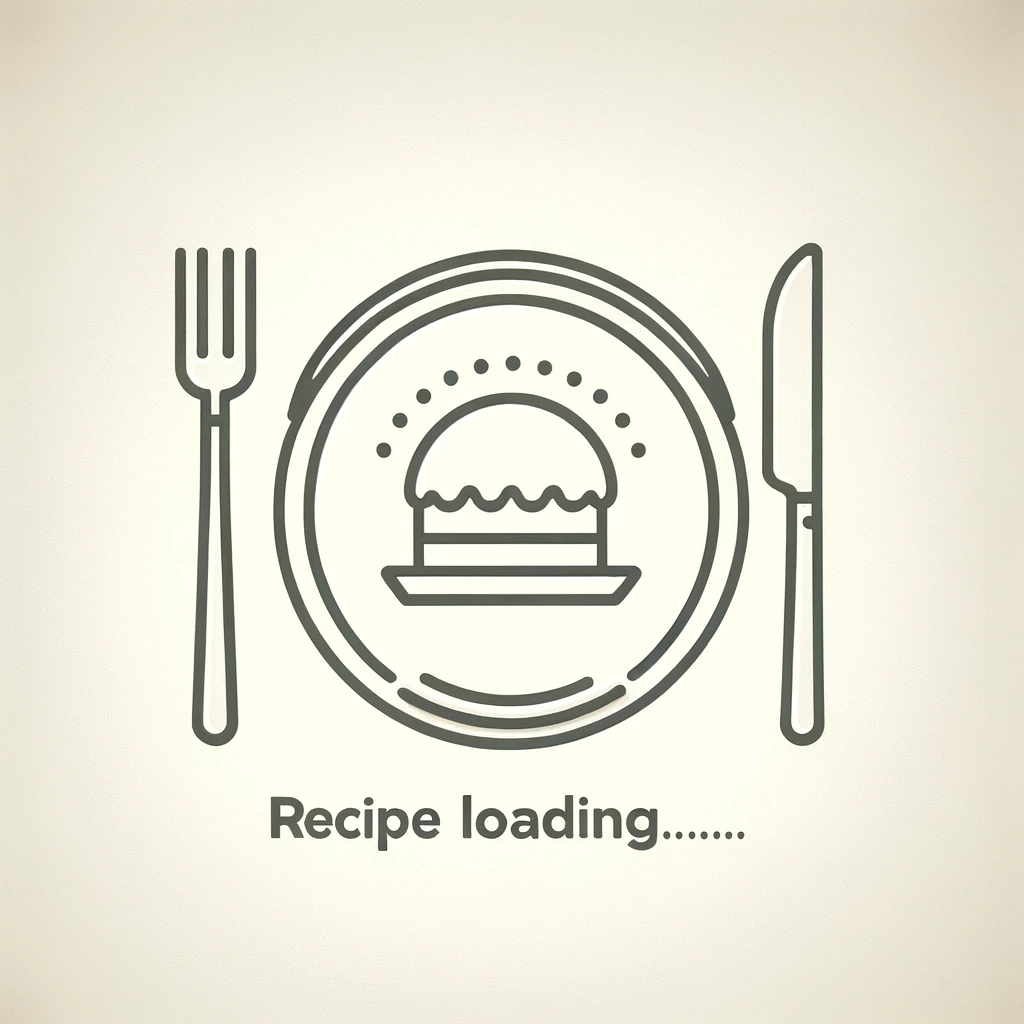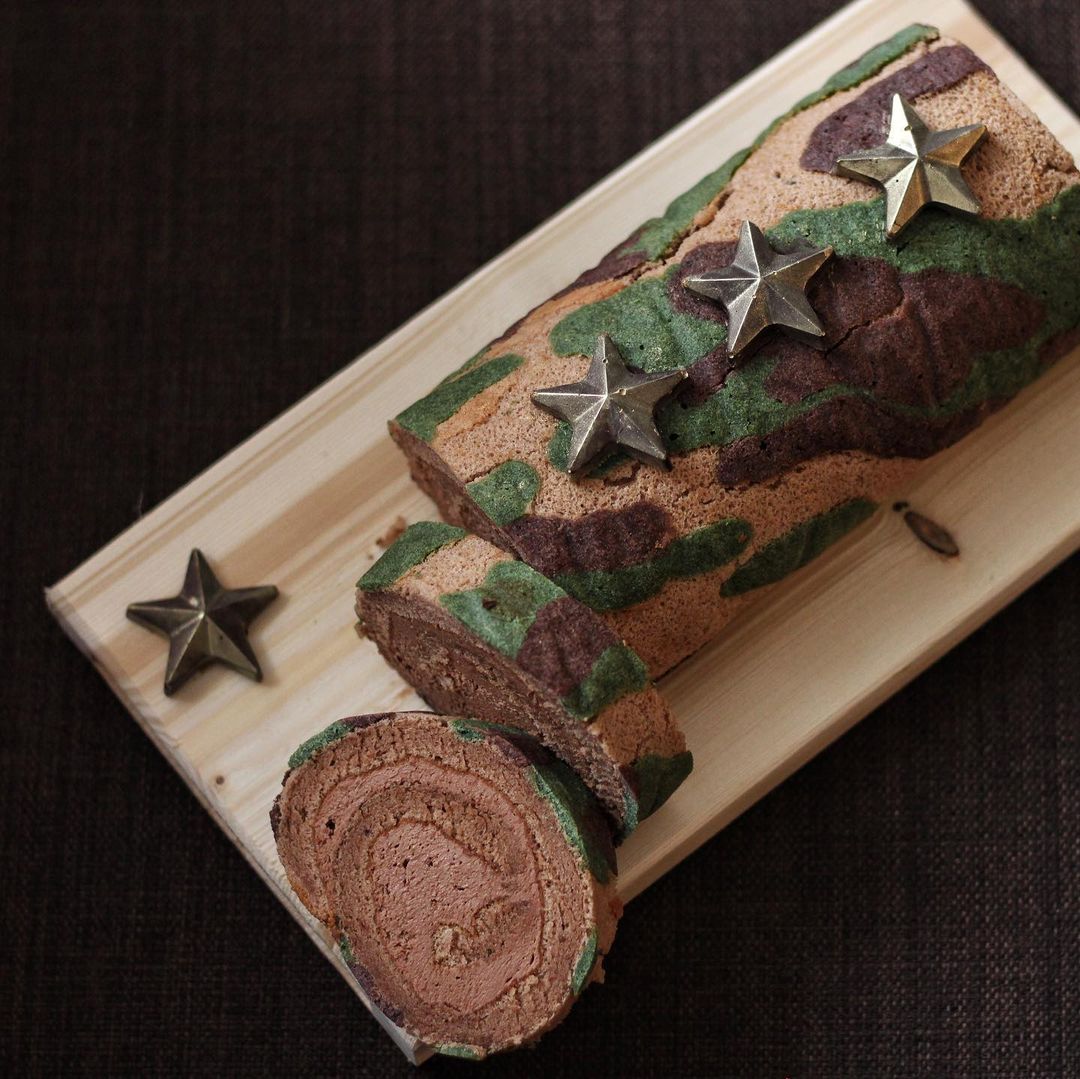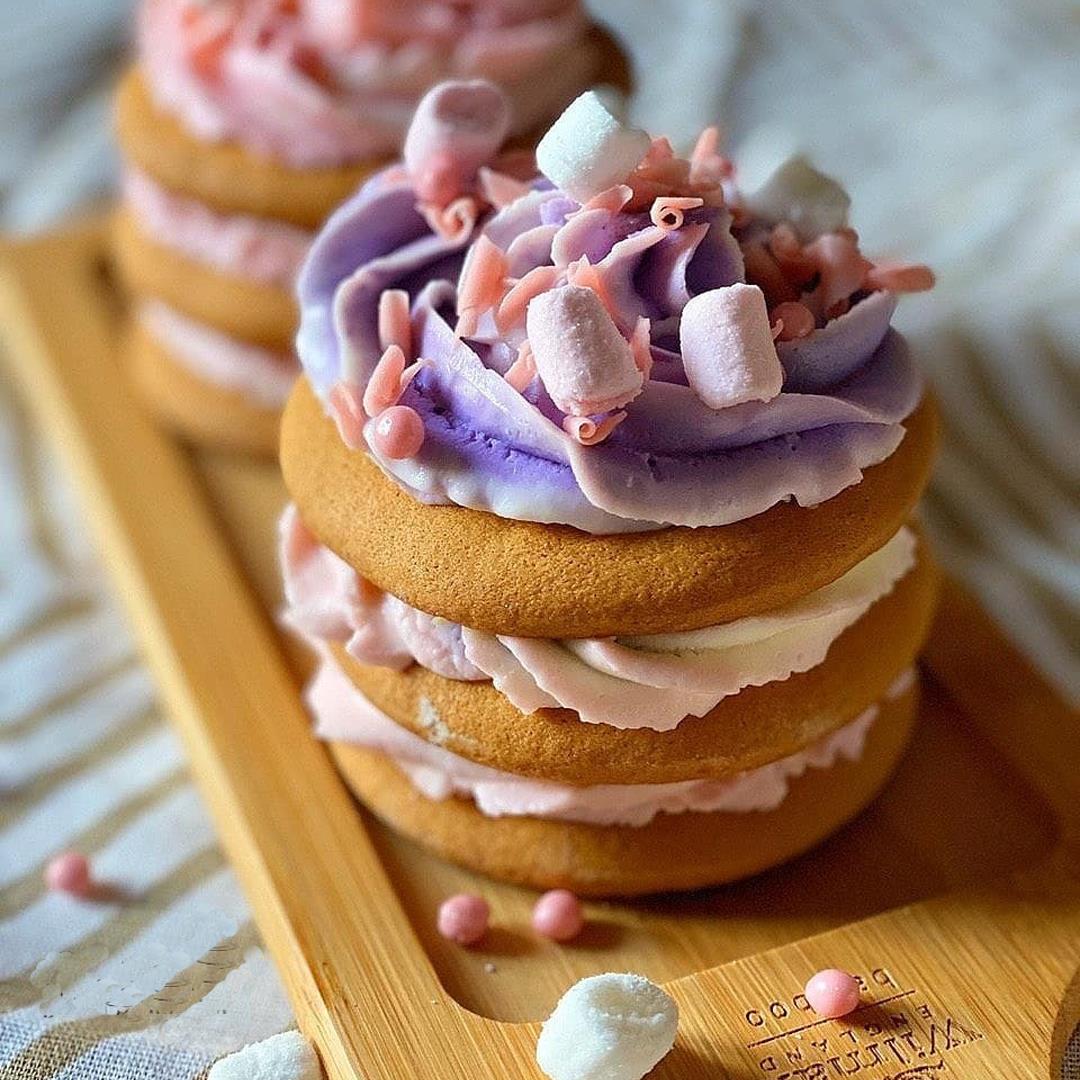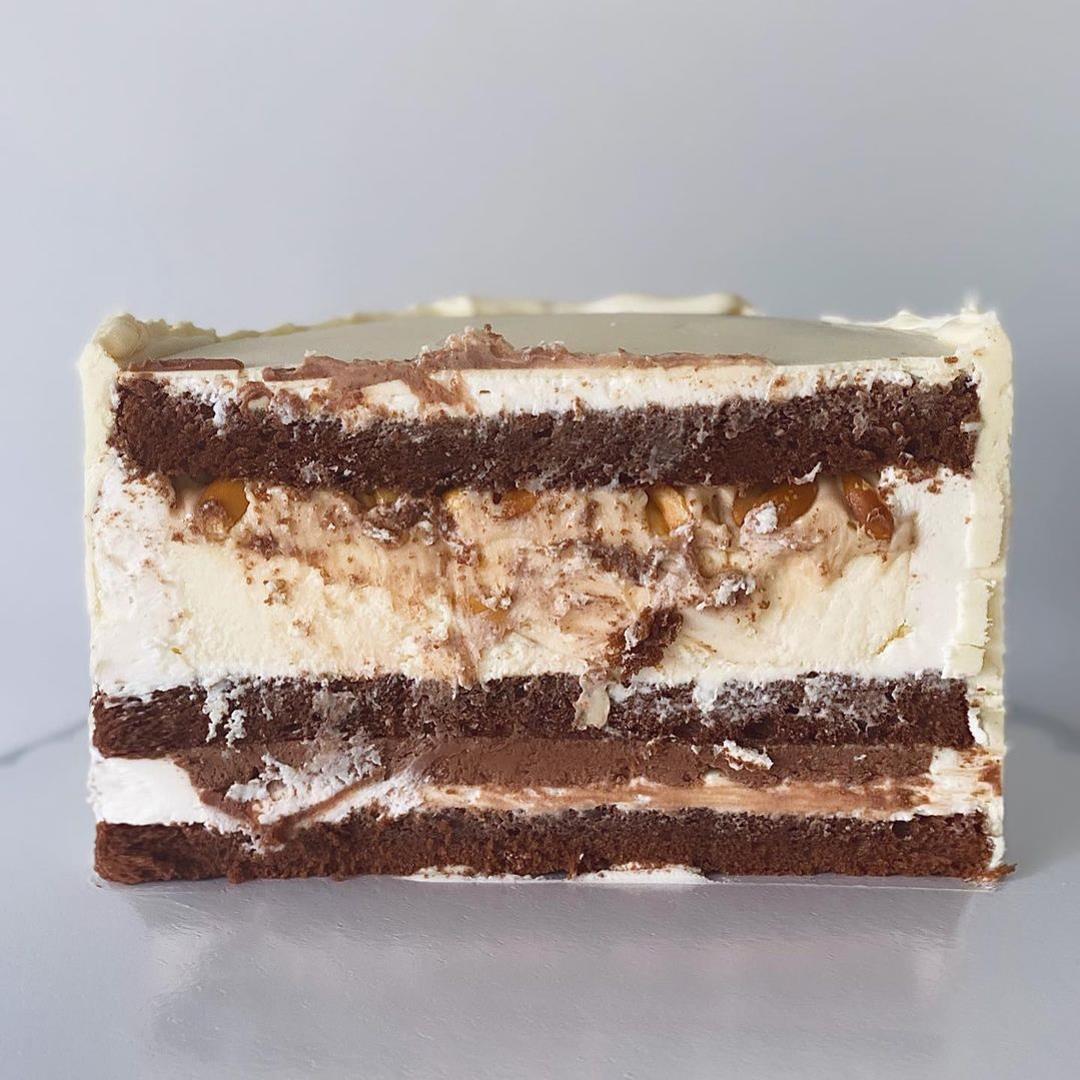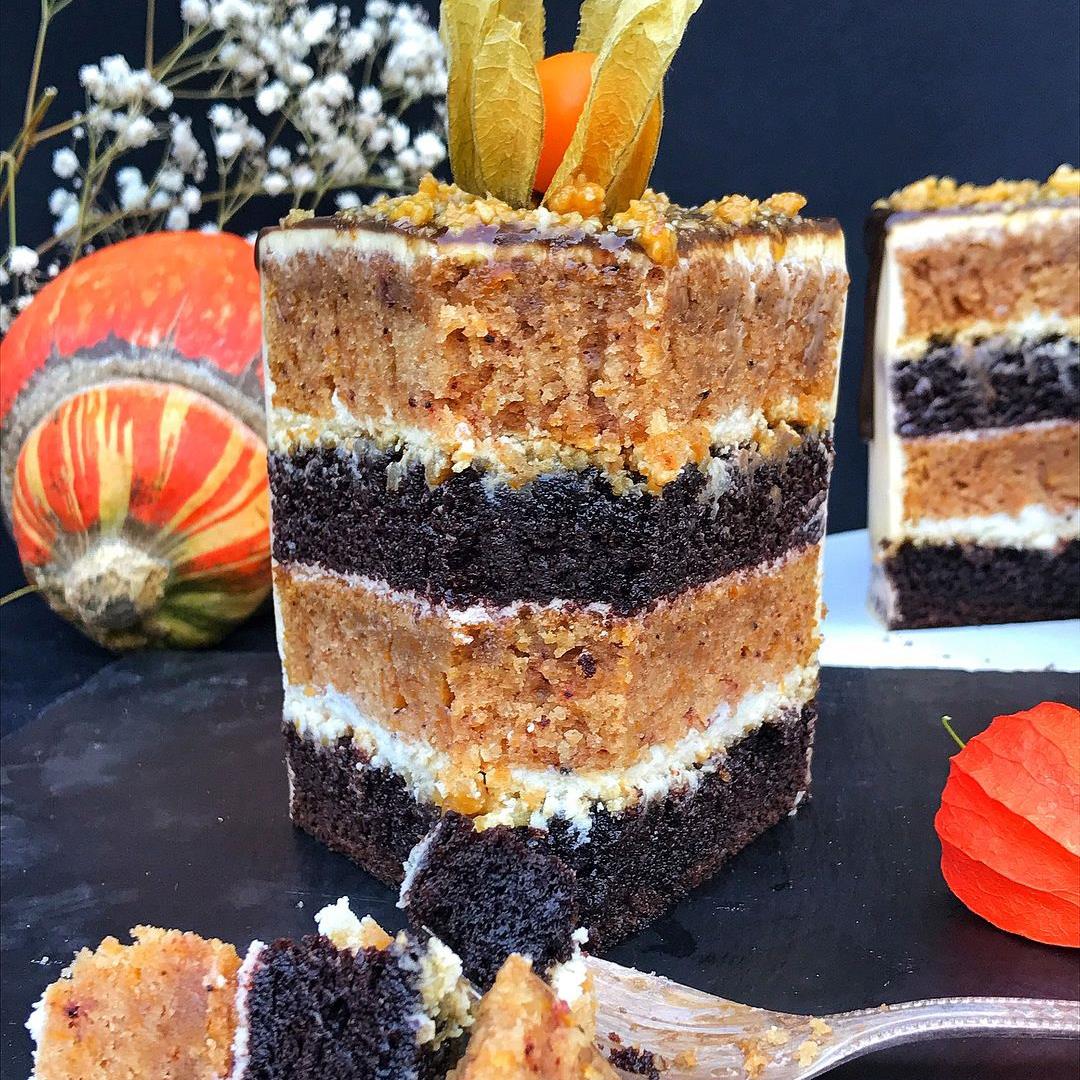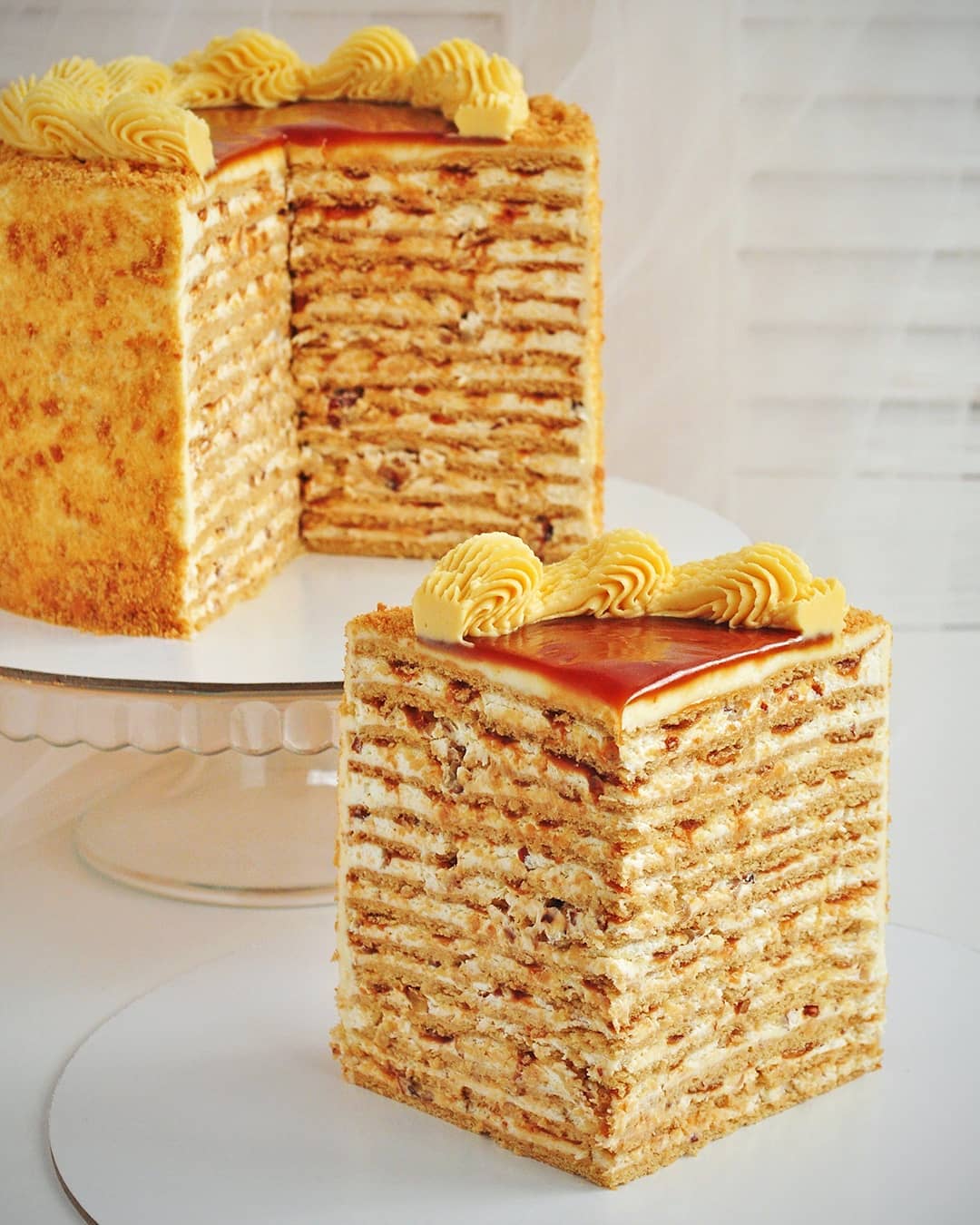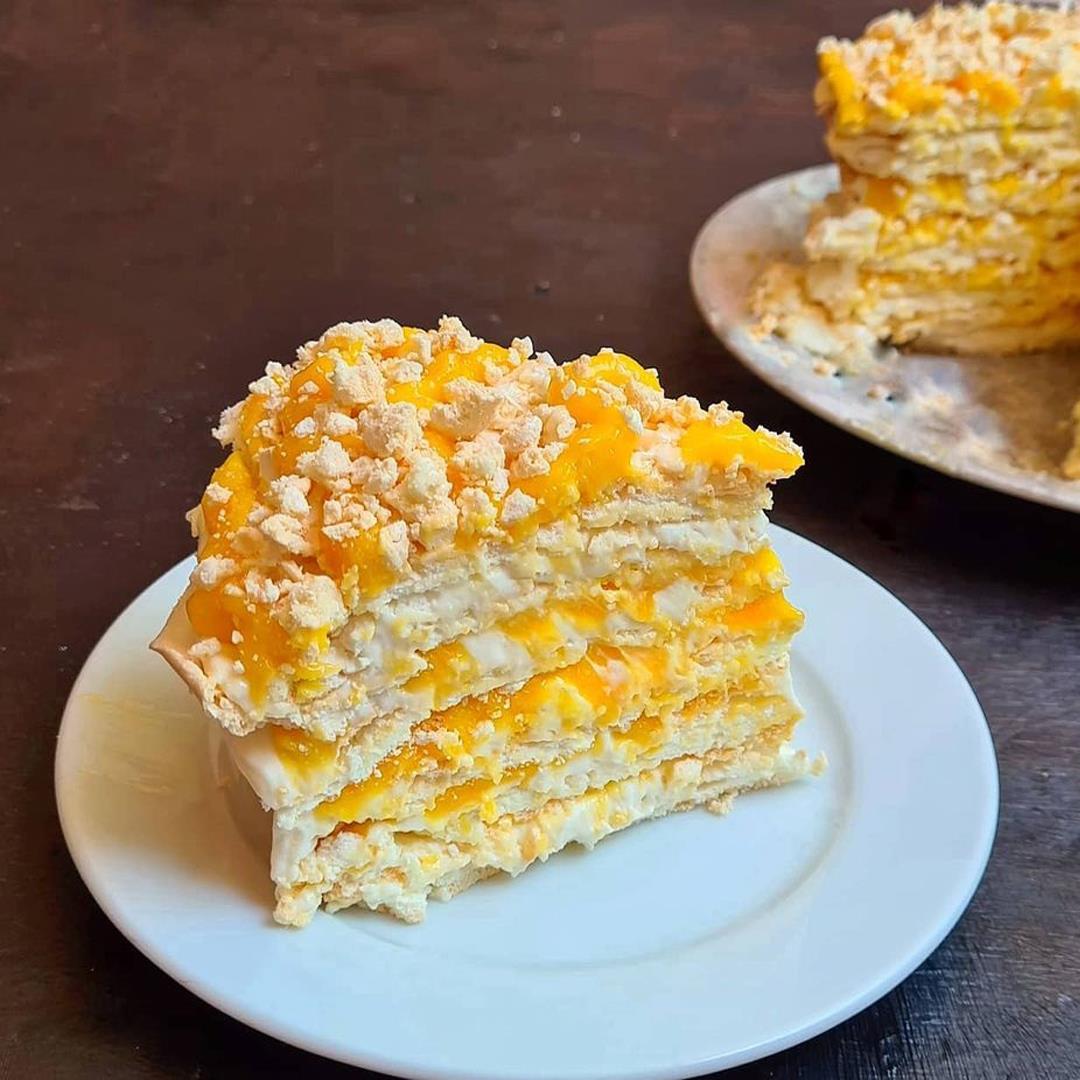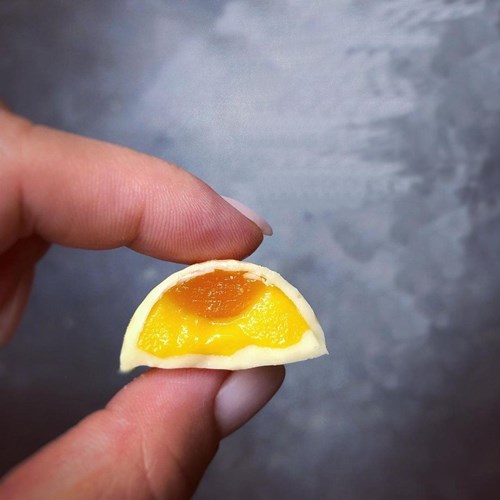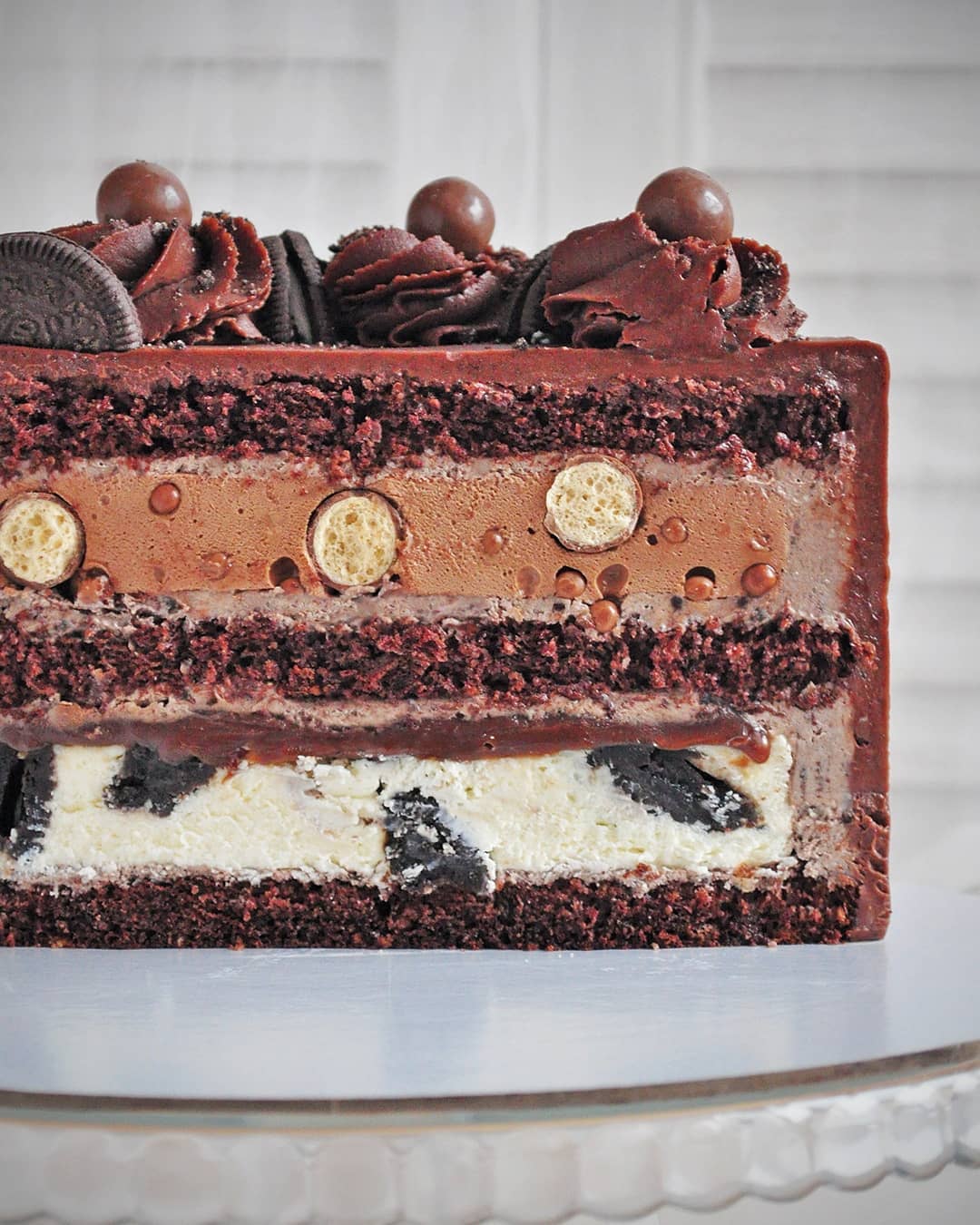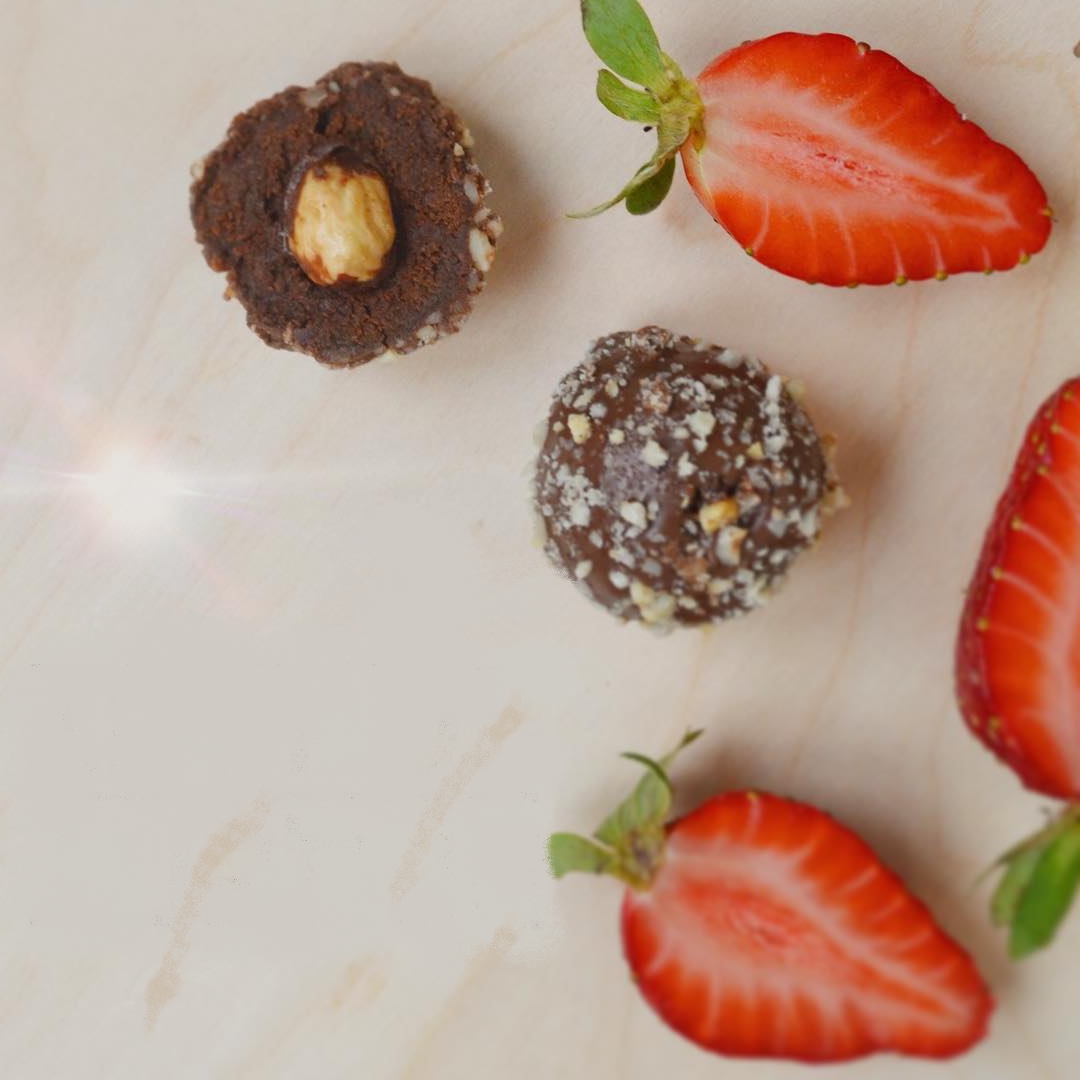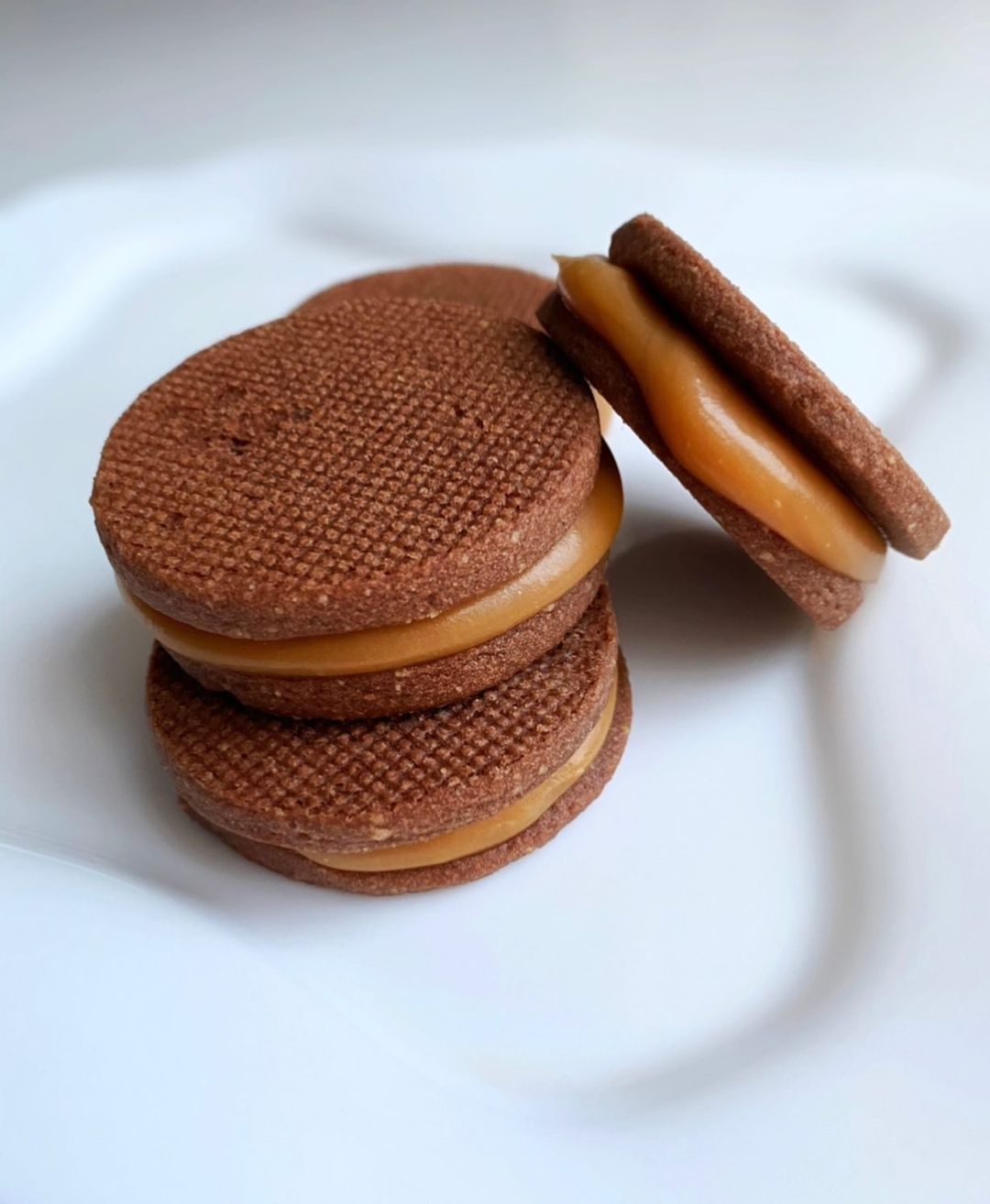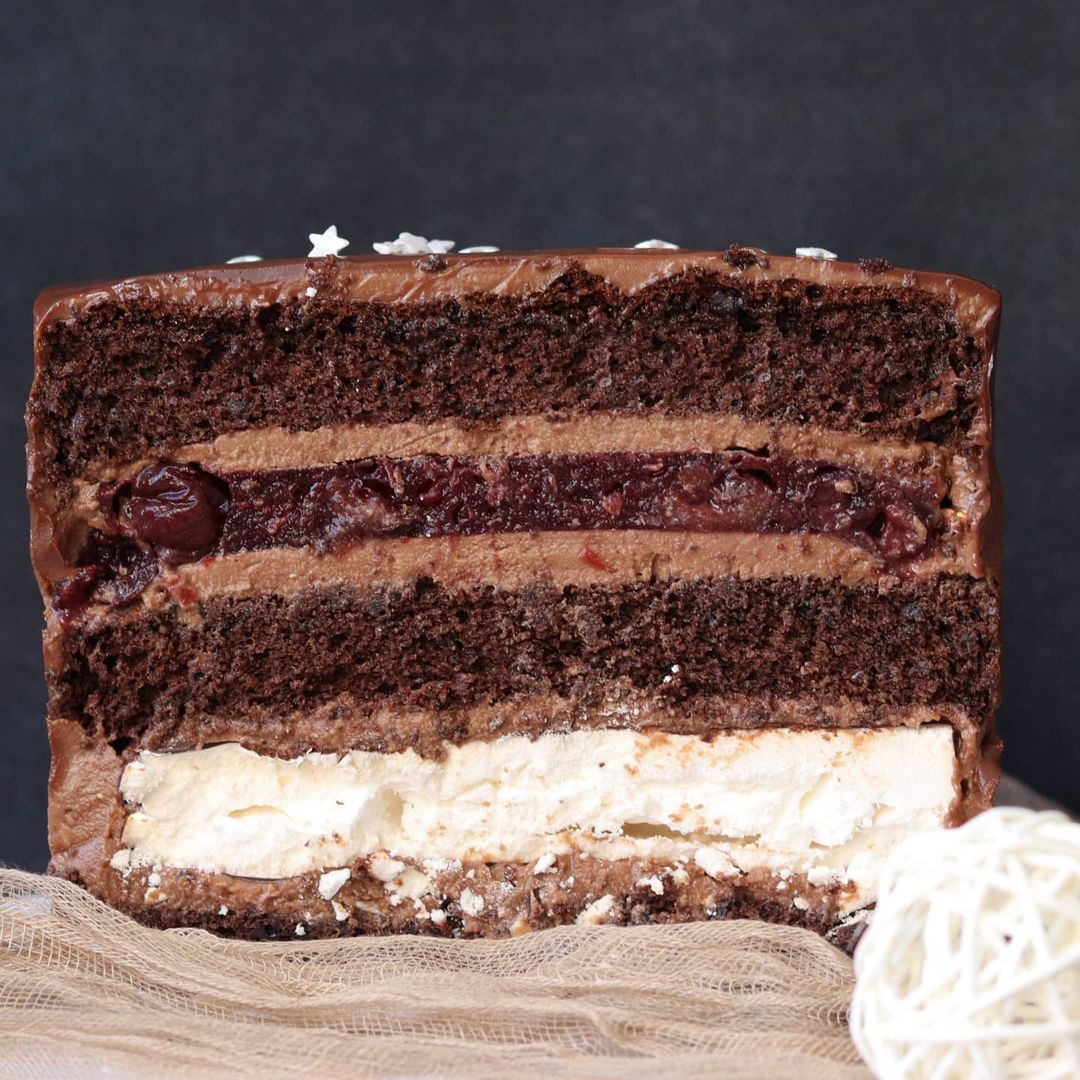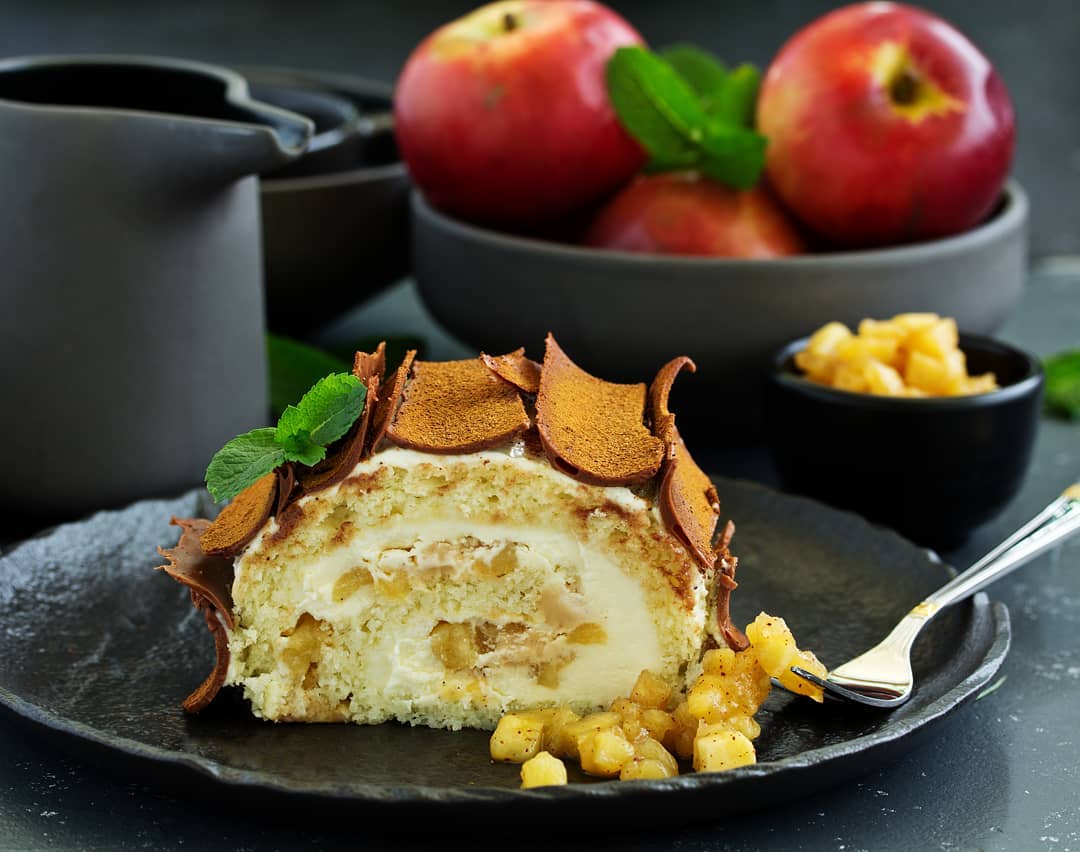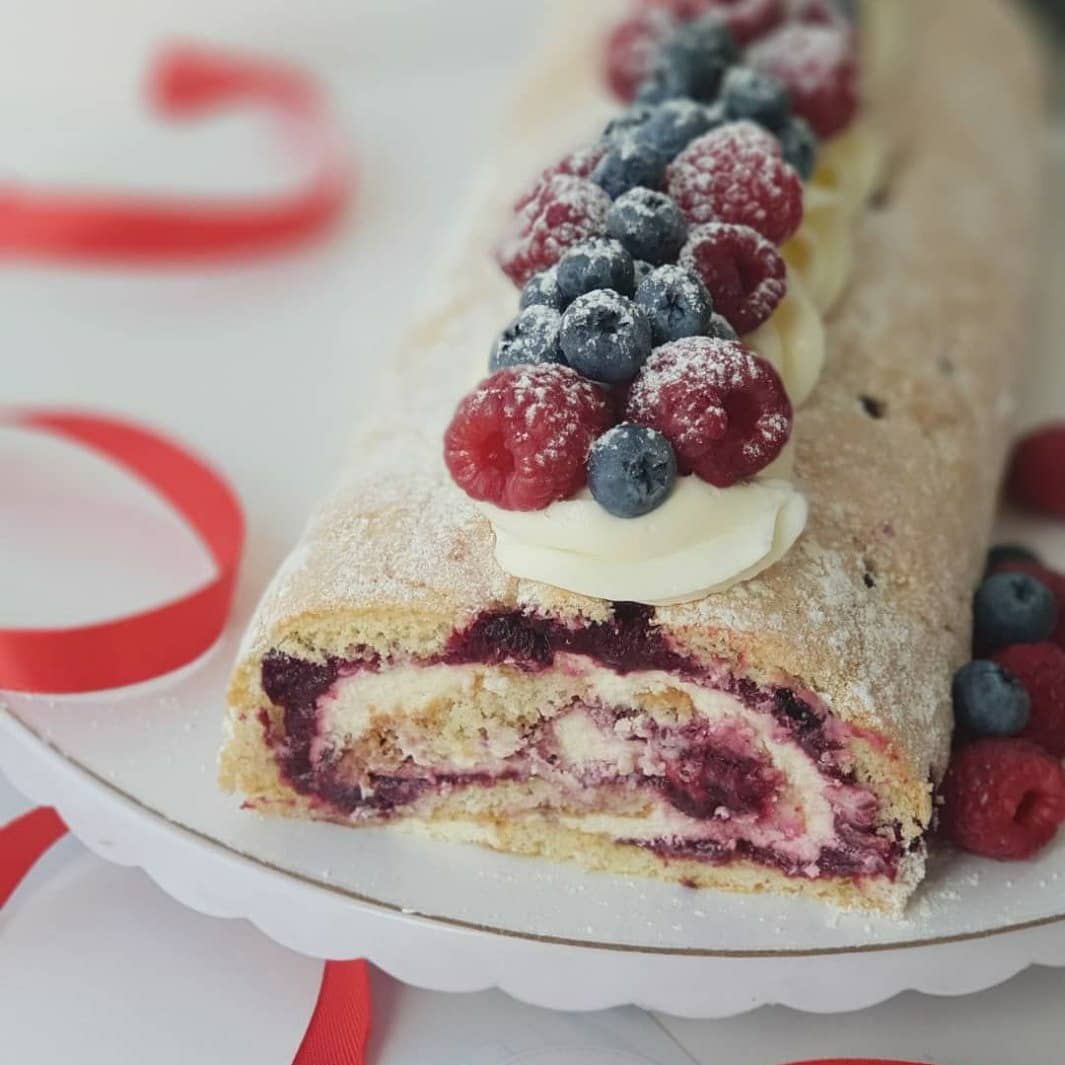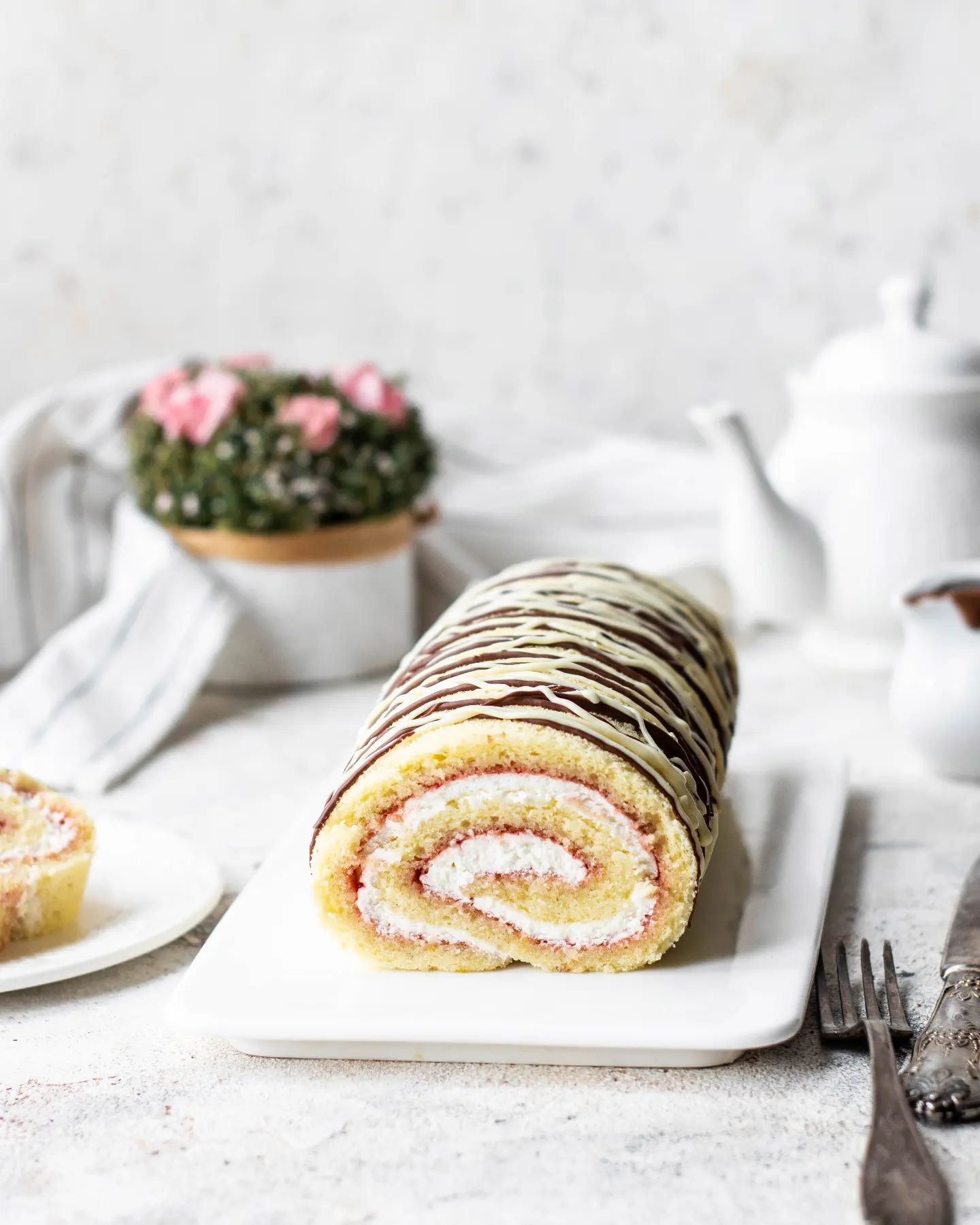Ingredients
Painting Mass
Sponge Biscuit
Instructions
Step 1
Step 2
Step 3
Step 4
Step 5
Step 6
Step 7
Step 8
Step 9
Step 10
Step 11
Step 12
Step 13
Step 14
Step 15
Step 16
Step 17
Servings
Equipment
Ensure you have various sizes for different ingredients. Stainless steel or glass bowls work best for temperature control.
A whisk for combining dry ingredients and a blender to achieve a smooth, airy batter are essential.
Helpful for drawing intricate patterns, ideally with multiple sizes for precision.
Cut to fit your baking sheet, it prevents sticking and makes transferring the cake a breeze.
Ensure it's sturdy and flat for even baking; choose one that comfortably fits a 20x30 cm (7.9x12 inch) roll.
Perfect for gently folding and spreading the batter without deflating it.
Variations
Faq
- How do I ensure my sponge cake doesn’t dry out?
Be sure to not overbake it; start checking for doneness a few minutes early. The surface should spring back lightly when pressed.
- Can I use regular sugar instead of powdered sugar?
Powdered sugar dissolves better and gives a smoother texture to the painting mass. Regular sugar might result in a gritty texture.
- How can I achieve an even pattern with the painting mass?
Practice on parchment paper first, or place a printed design under the parchment to trace over it.
- What’s the best way to freeze the painted design?
Lay it flat in your freezer for at least 40 minutes until it’s completely solid; this ensures it doesn't smudge when the batter is poured over.
- Can I make the sponge cake ahead of time?
Yes, you can make the sponge a day in advance, but roll it up gently once cool and store it in an airtight container to maintain moisture.
- How do I prevent the roll from cracking?
Roll the cake while it’s still slightly warm. This helps it form shape and prevents cracks.
